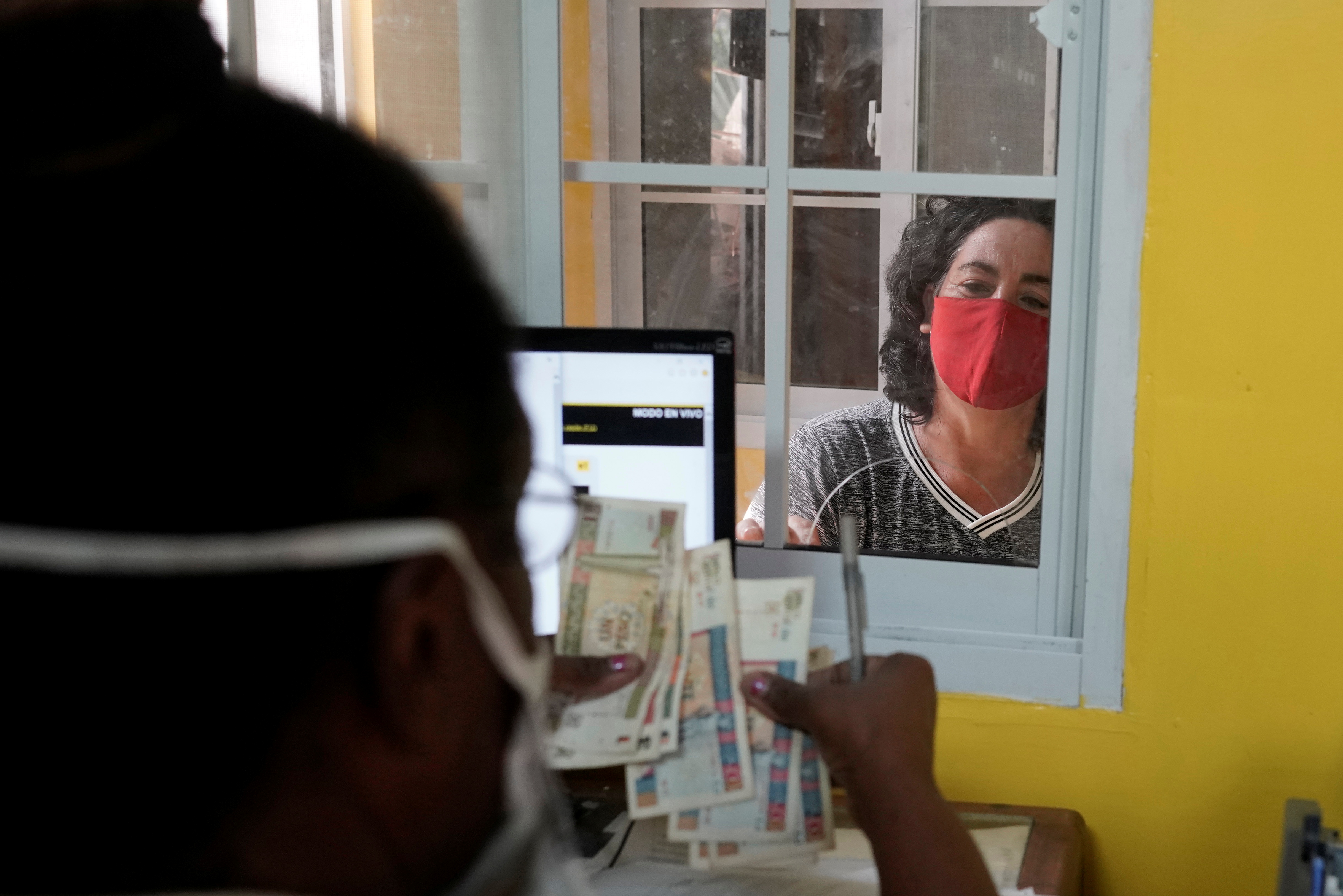
Remittances—the flow of capital from immigrants to their families and friends back home—are a crucial source of income for many countries, representing over 20 percent of the GDP in nations such as Tonga, Tajikistan, Haiti, Honduras, and El Salvador, among others. As of 2019, remittances reached an unprecedented level of about $550 billion, becoming the largest financial flow in the world, surpassing official development assistance (ODA).
Hence, when COVID-19 became a global pandemic in the second quarter of 2020, policymakers worried about the resilience of remittance flows. The World Bank projected that remittances would drop by nearly 20 percent, falling by over $100 billion in 2020 compared to 2019. The intuition was clear. The largest remittance-sending country in the world is the United States (sending over $70 billion as of 2019), whose economy was predicted to shrink significantly due to reduced mobility as people, businesses, and policies responded to COVID-19. Many immigrants working in service industries were especially hard hit so it was logical to project a sharp decline in remittance flows.
Turns out, however, the unexpected happened. We now know that the global flow of remittances during 2020 reached about $540 billion, about 2 percent short of the 2019 record high. Remittance inflows into Latin America and the Caribbean actually grew by about 6.5 percent in 2020. While they dropped in other regions (namely, East Asia and the Pacific, Europe and Central Asia, and sub-Saharan Africa), the overall dynamics defied expectations. It turns out that remittances were (and perhaps will continue to be) an extremely resilient flow.
The global flow of remittances during 2020 reached about $540 billion, about 2 percent short of the 2019 record high.
How can we make sense, ex post, of this yet another failed prediction by economists? Well, we certainly will need some more data to understand what exactly happened. But here I offer a few possible explanations, hoping more in-depth research will disentangle between them in the not-so-distant future.
First, there is probably a lot of heterogeneity among the type of immigrants sending remittances, particularly in cases where outflows grew. Immigrants are a very diverse group of people. And while remittance outflows might have decreased among immigrants more vulnerable to the economic downturn, they probably increased among immigrants that have a steadier source of income.
But, why would remittances increase (as opposed to remaining steady) at times when it is difficult for everyone? This is where human resilience and empathy enter the equation. In the U.S., for instance, the economic recovery is an unexpectedly quick one, whereas it was clear from the beginning that in the developing world COVID-19 would hit emerging markets especially hard. Thus, it is likely that immigrants living in the U.S. decided to make an extra effort to send some more funds to their friends and families to make sure they will have extra income in the uncertain times ahead. In other words, by foreseeing that the economic downturn would be relatively worse in their home countries, immigrants stepped up to make sure their families would be financially more comfortable. In fact, economic research on remittances finds evidence that these flows—as opposed to foreign investment, for instance—are countercyclical for the country of origin of the immigrant. In other words, when times are hard in the home country, immigrants would send more funds to make sure their families and friends back home have enough funds to thrive during the downturn.
Second, evidence suggests that many immigrants were able to dip into their savings to continue to support their families abroad—even for immigrants that faced difficulties in terms of their employment. Several pieces of empirical work (reviewed here) show that many immigrants accumulate savings which they typically use to invest if and when they return.
Third, while it is clear that for many immigrants in the U.S. things became really difficult economically (health-wise, too, as minorities had a higher morbidity rate than the average American), immigrants are also thought to be very resilient people given their risk-taking behavior. Early on, immigrants in the U.S., alongside other minorities, were a driving force of the lockdown economy, as many of them were working in fundamental occupations. Many immigrants, knowing that returning to their home countries was not an option during the pandemic—and in many cases without any guarantees that they could count on government assistance—would respond to hardships by finding creative ways to remain employed, like switching industries or occupations or working extra hours. All in order to support their families, including those left behind. It is this resilience of immigrants that makes them such an asset to host countries in general.
Thus, even if it is too early to understand the insights that a more rigorous analysis using data would give us to explain how during a global recession remittances stayed pretty much untouched, just the fact that it happened suggests that humanity and resilience are at the core of this phenomenon.
Remittances: One more thing that economists failed at predicting during COVID-19 - Brookings Institution
Read More
No comments:
Post a Comment